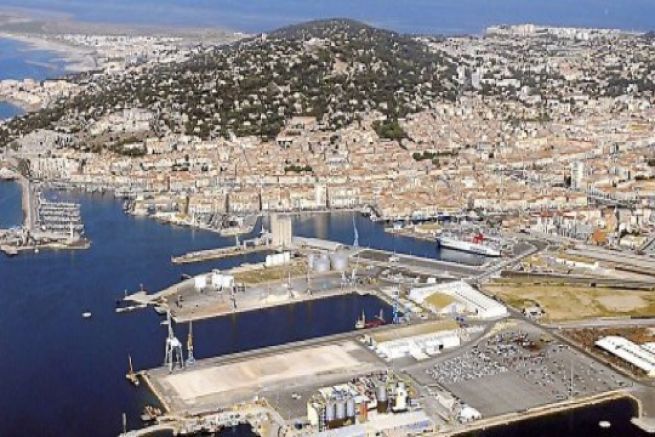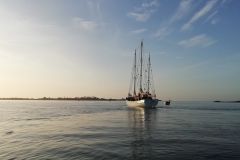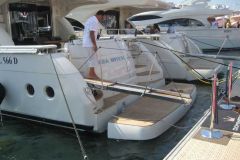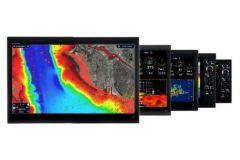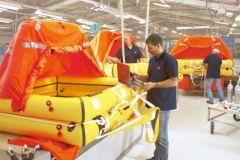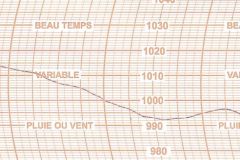This study was conducted with 272 company managers in the maritime economy, based on data from INSEE, Pôle Emploi and OPCA as well as the Observatory of Branch Professions in October 2013. It focuses on the Sea Sector and includes the following sectors: Fishing and Marine Cultures, Commercial Ports, Marinas, Naval and Nautical Industries and Maritime Transport. This 3rd edition has been enriched by sectoral monitoring and telephone surveys of the various players in the Sea Sector. It responds to the lack of data on employment and training in the maritime sector.
Census of the population of the Sea sector
This study has identified 5,500 establishments employing 102,000 employees. A certain stability of data on the whole of the Sea Sector could be detected for the periods 2007-2011 and 2011-2012. However, in the fishing and marine culture sector, over the same periods, the number of companies and employees has decreased. In the maritime transport sector, the number of employees has also decreased. Finally, for the marina sector, there is no recent data on developments.
Overall sector indicators
While the feminization rate in all sectors combined is 49%, the maritime world is proportionally very male. There are only 21% women, 15% of whom are in the commercial port sector.
There are 14% of young people under 25 in the sector, compared with 17% in the rest of the economy. The Naval Industries sector is the most affected, with only 10% of young employees. On the contrary, in the sector of the marinas and fishing and marine cultures, more than one employee out of 5 is under 25 years old.
In the Sea Sector and in the rest of the sectors of activity, the seniority of employees is equivalent, 46% for the former and 45% for the latter. However, the Commercial Ports sector has the greatest seniority, with 60% of employees having more than 10 years' seniority.
In the sector, the majority of employees are manual workers, 38% compared to 22% for the economy as a whole. The Commercial Ports and Naval and Nautical Industries sectors account for 41%.
Open-ended contracts are the most widespread in the sector, with 79% of employees on open-ended contracts compared with 74% in the rest of the economy. The Naval and Nautical Industries sector has the highest rate with 89% of employees on permanent contracts.
Part-time work is not widely used in the Sea Sector, unlike the rest of the sectors: 7% compared to 17%. The Commercial Ports sector is the one that uses this type of working time the least (3%).
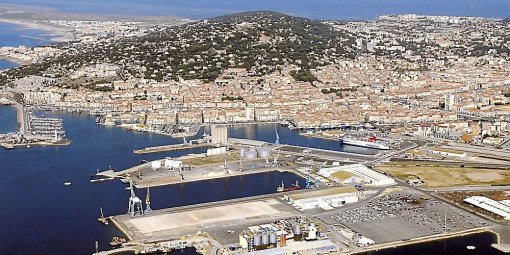
Trends in the maritime sector
21% of business owners expect their number of employees to increase in the next three months and 11% expect a decrease. 49% feel that there are not enough people available on the labor market in their business.
56% see professional training as a lever for action, 35% see it as an investment in the future, and 18% feel that it is an investment that is difficult to measure.
